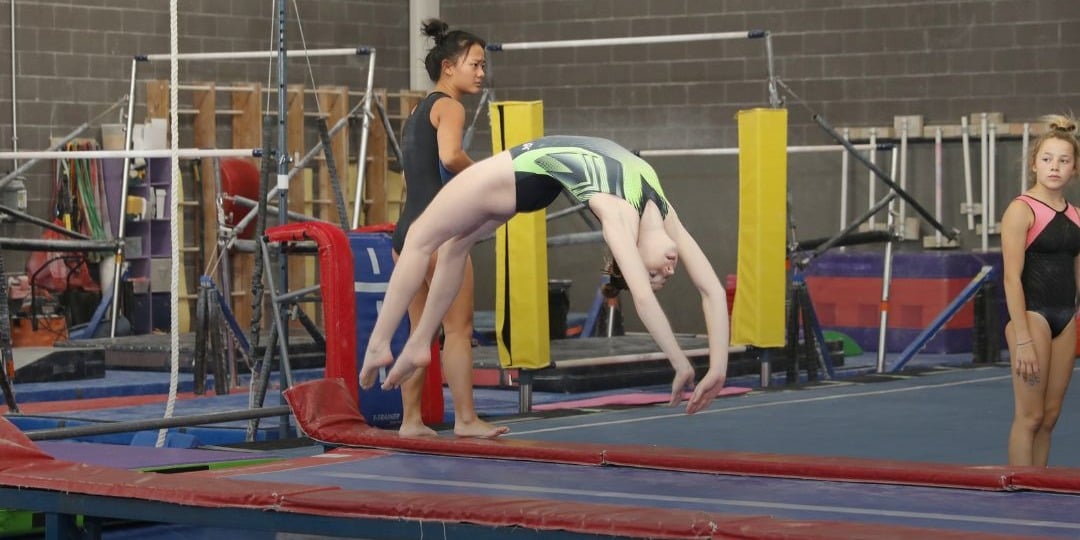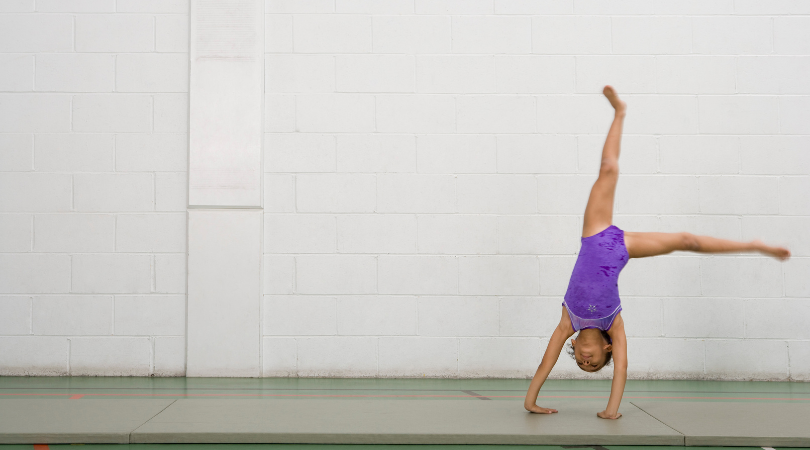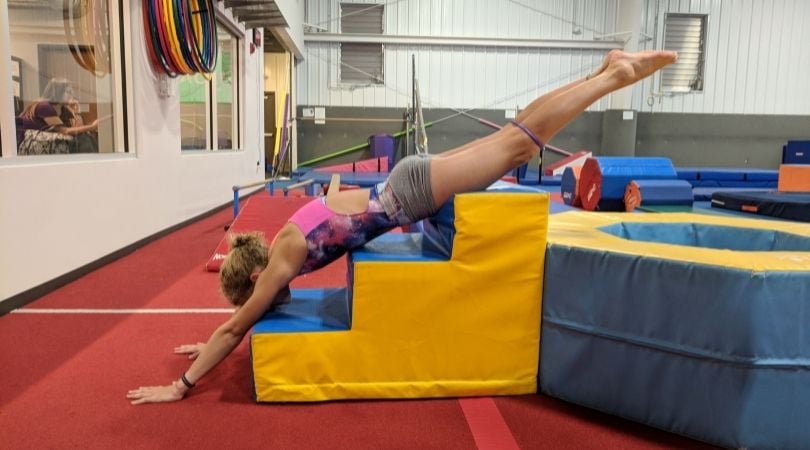Tips To Create Dance Lesson Plans
When you sit down to watch your child’s dance class you are really sitting down to watch week’s worth of thought and planning, to entertain the class that is presented in front of you. The question then becomes, what happens in those weeks that makes lesson planning for a dance class take so long. Not only do you have to think about the process of creating the lesson plans, you must consider the process for a child to transition from when the skill is first introduced to mastery.
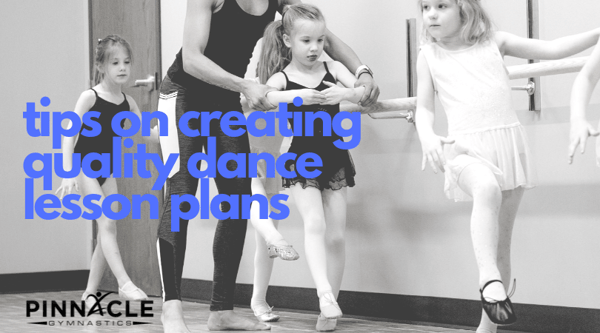
The first step in lesson planning is thinking about what you ultimately want the students to learn. (Learn dance terminology here.) This is your big picture idea, and then you must think about all the parts that make up your bigger picture. From there you begin to look at the most basic skill and work your way up to where you want to end. When thinking about planning a class, I think about how many skills will be able to be taught and understood within a class period. Some skills I know are just easier to catch on to while others may take weeks or months until they are understood to mastery. To make this clearer I am going to give you an example using a Grand Battement.
Before teaching a Grand Battement the dancer must first understand where their foot comes from and all of the feet positioning in between. In week one we would work on First Position; what our feet should look like, where our turn out comes from, and our arm positioning. In week two we would talk about a Tendu; the way our foot should brush off the floor, where our toe should begin to point, and how our foot should return to first position. Once the class has formed a solid understanding of the tendu we would begin to talk about a degage; how high our foot should come off the ground, what a turned out foot looks like when it is lifted, and the way our foot should brush on and off the ground. Finally we would reach the Grand Battement. Having all of the training in the weeks before, dancers would be able to learn the technique and skill that goes in to preforming a Grand Battement to mastery.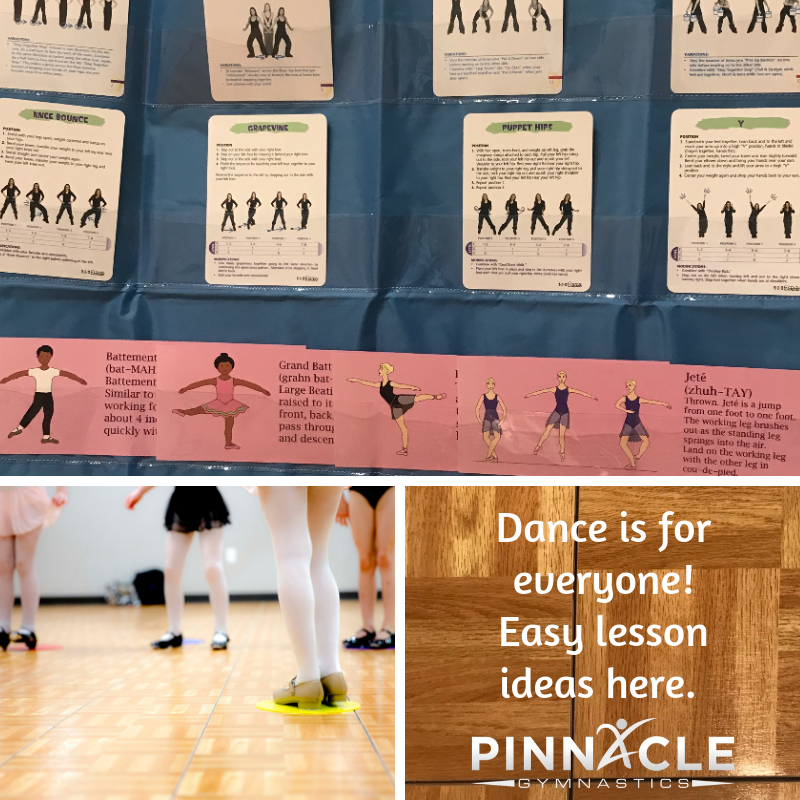
Beyond breaking down the skills to make the easier to learn, you want to challenge the dancers to use higher levels of thinking. This will help them in their overall understanding of a skill and then being able to retain the skill for the weeks following. Providing skill stations give the dancers the opportunity to use all three levels of learning. The teacher places skill stations around the room with cards that have the name, description, and pictures that the dancer is supposed to be learning. They have two minutes at each stations, which is broken down into thirty seconds to try it on their own, 30 seconds of either having the description read or them reading it alone, 30 seconds of getting a demonstration of the skill, and 30 seconds of them getting to practice. They are visually learning by looking at the pictures that demonstrate how the skill is preformed and trying on their own to attempt the skill. They can then use their auditory learning when the teacher comes around to their skill station and reads aloud how the skills is preformed and allows them the chance to attempt the skill. Finally, they are using their kinesthetic learning skills by having the teacher direct the dancer through a copy-me scenario.
As the teacher, you must look at the amount of time that it is going to take the dancers to learn the skills previously required to mastery. From there, you need to figure out if the skill needs to be included in a skill station the next week or if they are ready to add it to a combination where there would be putting it alongside other skills they already know. This is important because if a student doesn’t understand the skill that came before fully, it is only going to make it more challenging for them to learn the next progressive skill. You can also use games in dance to keep the class lively!
All of these processes in turn, then leads to a more productive and fun dance class for both the dancers and the teacher. They are also able to walk away with more dance knowledge and terminology which in the end makes everyone happy!

